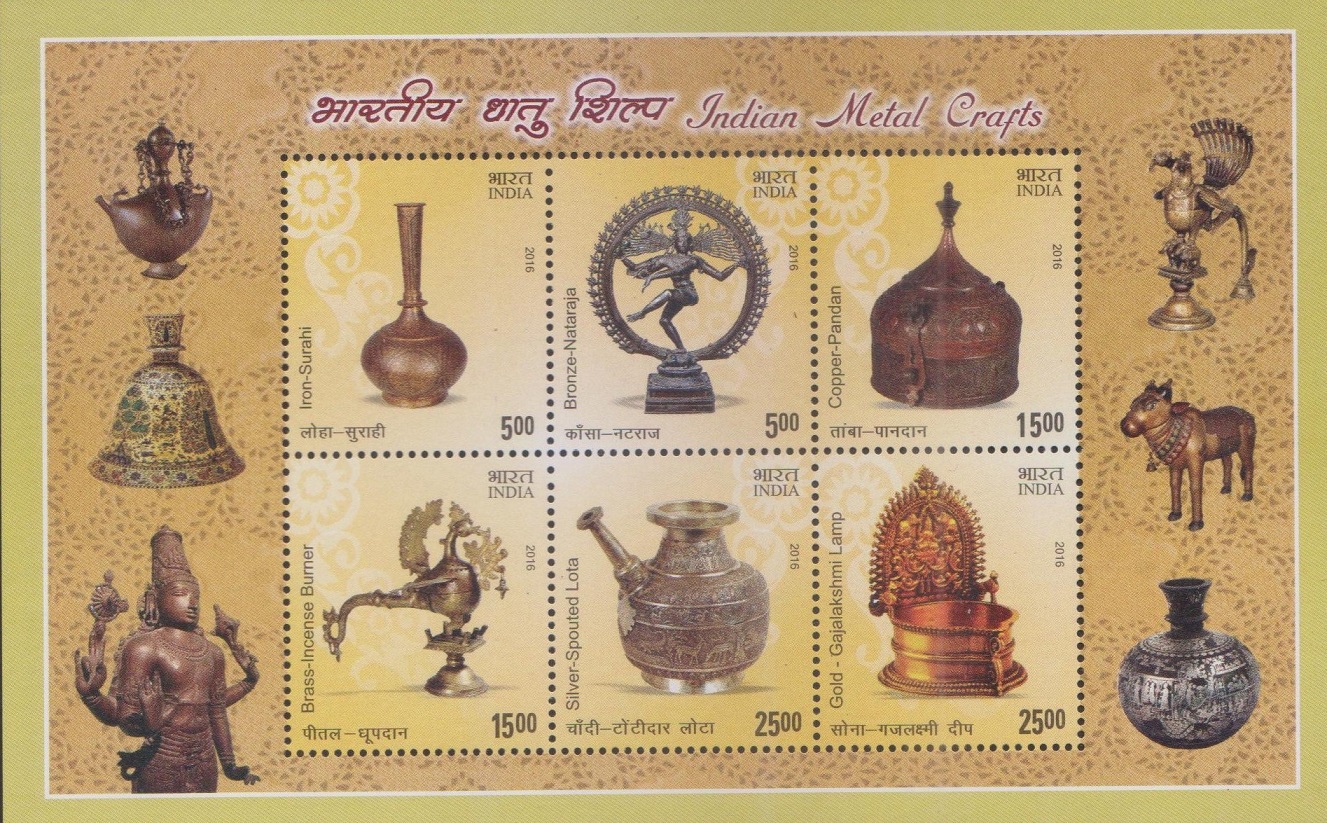
Indian Metal Crafts
A Miniature Sheet consisting of 6 nos. of special postage stamp on the Metal Crafts of India :
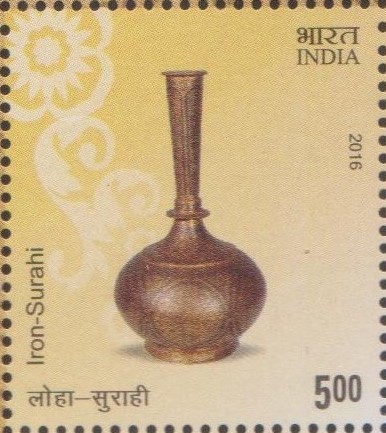
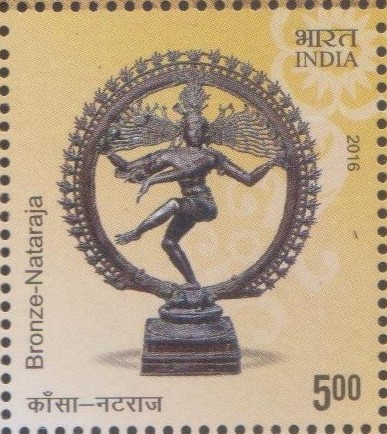
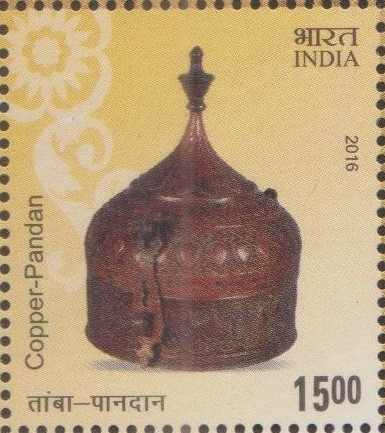
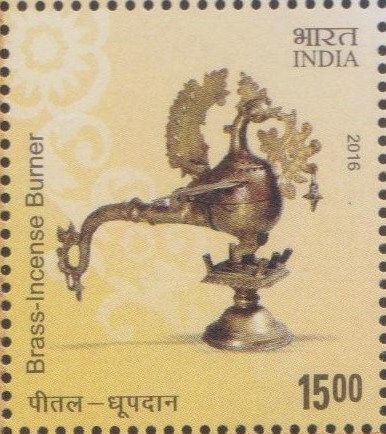
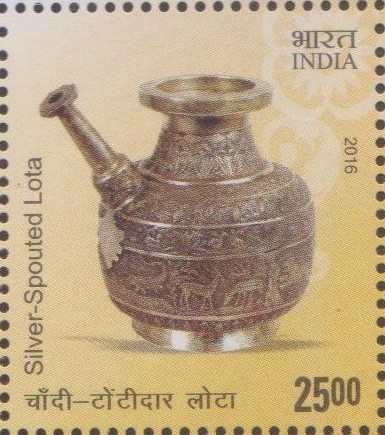
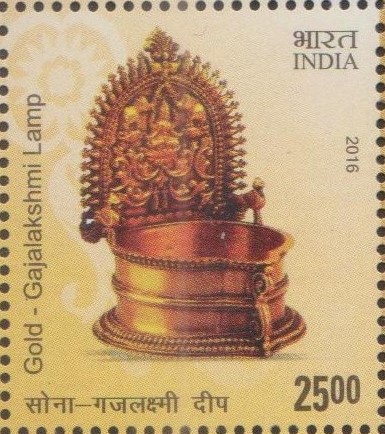
 Issued by India
Issued by India
Issued on Aug 26, 2016
Issued for : The Department of Posts is pleased to release a set of six stamps on Indian Metal Crafts.
Design : This set of six stamps portrays images of six different metal crafts, namely, Surahi which is made in Iron, Nataraja, made in Bronze, a Pandan made in Copper, an Incense burner made in Brass, Spouted Lota made in Silver and Gajalakshmi Lamp which is made in Gold.
The bronze image of Nataraja is an excellent example of Chola period workmanship done with lost wax technique. The brass incense burner and the gold Gaja Lakshmi, are also examples of the same workmanship. These were cast first and later on, intricate carving and engraving work has been done to enhance the beauty of objects.
The iron Surahi, (water vessel) and silver Spouted Lota are made using both “casting” and “beating” technique. Once the casting, engraving or chasing is done then filling of gold, brass or enamel takes place to ornate the object. These are known as damascening, enamelling, birdi, nillo etc.
The Bidri huqqa base has been casted by using zinc, copper, tin, lead and zinc metals later on once the casting of object is done then silver inlay is done. This piece is unique and very rare example, where story of Padmavat, 16th century text written by Jayasi, has been written on the object.
The gold Gajalaxmi Lamp, on the miniature sheet is a fine example of Indian Metal Craft. A thin gold sheet is cut as per design and then placed over the same size of piece of glass and silver framing is done.
All these intricately carved, cast and ornate metal artifacts reflect the artistic and creative skill of unknown artisans of India.
Credits :
Stamp / Miniature Sheet / Sheetlet / FDC : Sh. Brahm Prakash
Cancellation Cachet : Ms. Nenu Gupta
Type : Miniature Sheet, Mint Condition
Colour : Multi Colour
Denomination : 500, 500, 1500, 1500, 2500 & 2500 Paise
Stamps Printed : 0.2 million each
Miniature Sheet Printed : 0.1 million
Sheetlets Printed : 25,250
Printing Process : Wet Offset
Printer : Security Printing Press, Hyderabad
About :
- The metal craft of India, which attained the standard of a fine art as early as from Harappan period, has a glorious past. Indian artisans knew the art of metal working since 3000 B.C. The beautiful figurine of the dancing girl belonging to the Indus valley civilization indicates the high level of workmanship attained by earlier craftsmen. The other high points reached by the craftsmen in the field of metalworking are bronze sculptures belonging to the Chola rulers and the iron pillar at Mehrauli, in Delhi, which was made during the time of King Ashoka.
- In India craftsmen have used different metals like iron, copper, silver, and alloys like bronze, bell metal, white metal etc. to make a variety of items such as pots, pans, utensils, photo frames, sculptures of deities, mythological figures and animals etc. Items like doorknobs, taps, key chains, boxes etc are also made, using different metals. Sculptures are generally made with the lost wax process. This process begins with creation of a wax model of the sculpture or any item. This model is then covered with clay and holes are made into the clay. Finally, molten metal is poured through the hole at the top, which causes the wax to melt. The cavity created within is automatically replaced by the hot metal. The metal is then allowed to cool and the final product is freed from clay, and polished. Pouring molten metal in moulds of desired shapes also creates metal items. Parts of molded metal are joined together with soldering. Various processes like enameling, etching and damascening are followed to beautify metal objects.
- There is a variety of metal work which can be seen in different parts of the country. While craftsmen of Kashmir are known for richly engraved traditional household items like bowls, samovars, plates and trays, besides traditional vessels made out of iron and brass, they are also famous for intricate floral and calligraphic patterns embossed on copper and silver items. These items are then oxidized, which makes the design to stand out from the background. This work is known as ‘naquashi‘.
- Moradabad in Uttar Pradesh is famous all over the world for its range of brass items which ranges from items like pots, trays, bowls and decorative pieces, decorated with intricate etching to electroplated brass and copper items and items made of white metal. Varanasi, also in Uttar Pradesh, is known for cast sculptures of deities and household utensils made of brass and copper.
- Making of bronze sculptures is common in Palitana in Gujarat. In Rajasthan, Jaipur is the main centre for brass engraving and lacquering. Ethnic designs and floral patterns, hunting scenes etc are hammered or embossed on the surface. Lacquered designs either cover the entire body or a part of the item. Jaipur is also known for its bronze sculptures. The art of Koftagari or damascening work, where one metal is encrusted into another in the form of wire, is mainly practiced in Alwar and Jaipur.
- Ornate metal boxes of Bundelkhand, lamps of Sarguja, rice measure bowls and animal figurines of Raigarh, sculptures of Bastar are a few examples of the creativity of crafts persons of Madhya Pradesh. Andhra Pradesh has a rich tradition of metal craft. Sheet metal work using brass is done in Pembarti, on plaques, containers, vases etc. From the village of Budhiti in Srikakulam, come elegant utensils and items made of brass and other alloys. Andhra Pradesh is also famous for its Bidri ware. Pouring molten zinc and copper solution into moulds creates Bidri items. The surface of the object is then engraved in interesting designs to create grooves. These grooves are then inlaid with silver and then polished. Finally the objects are oxidized, which makes the surface black and the silver inlay, thus stands out, creating a stunning contrast. Pots, hookahs, trays, bowls etc. are created using this technique.
- The Dokra metal craft is popular in the tribal belts of Andhra, Orissa and Madhya Pradesh. The uniqueness of this craft form is that no two pieces are alike. Small figurines of horses, drummers, tribal deities and plaques are made here. These items are mainly made from brass scrap. Unlike any other metal craft the core of the objects is filled with clay. Silver filigree work from Andhra and Orissa is famous for its intricate designs made out thin silver wires. Objects are created with strips of silver, looped and in zigzag patterns. These strips are deftly soldered together. The delicate jali or trellis like design is achieved by using thin twisted silver wires. Animals and birds dominate creative filigree work, which is also carried out to create trays, cigarette cases, key chains and other decorative pieces. Brassware from Tamil Nadu comprises of decorated traditional lamps, used in religious functions, while Kerala is famous for its polished bronze mirrors.
- Text : Based on the material received from National Museum, Delhi and information available on internet.



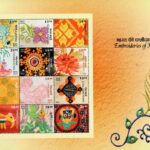
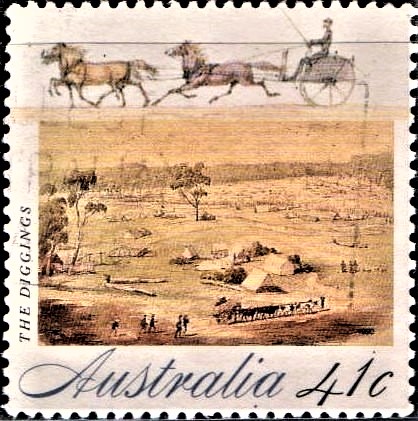
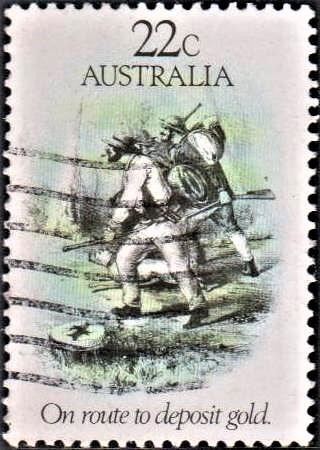
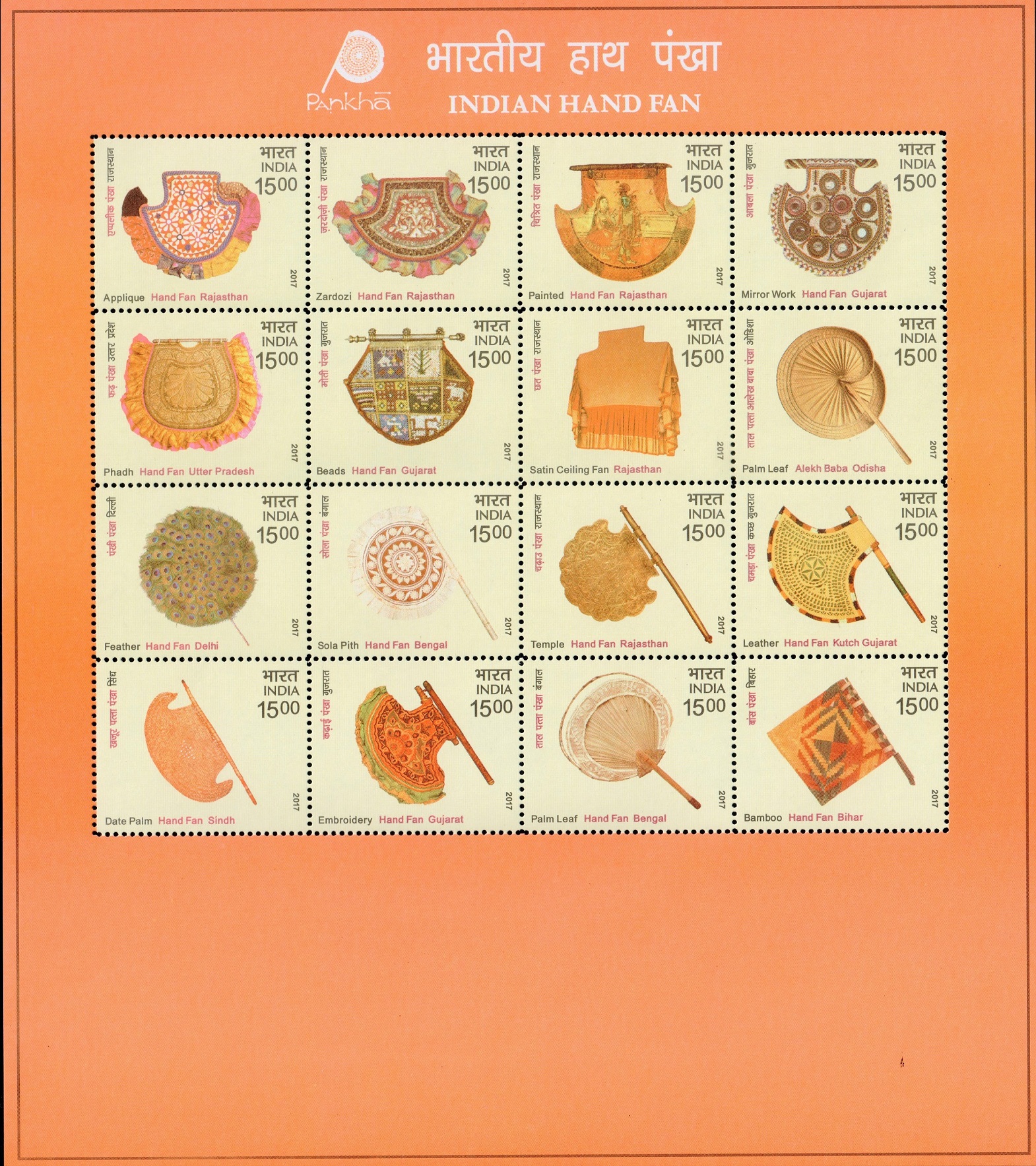
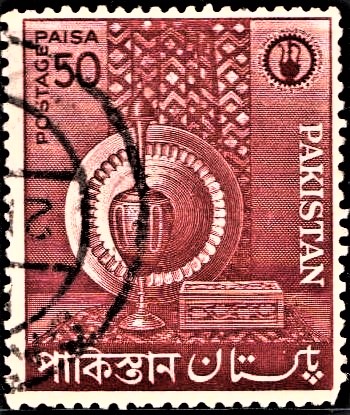
[…] depicting different art forms like Madhubani painting & terracotta, stone & wood carving, metal work, paper machie […]